Supply chain problems are taking a toll on businesses across the nation, and the print industry is no different. A recent survey shows 40% of all businesses are battling some sort of pandemic-induced supply chain headache, which usually involves securing raw materials from suppliers.
For commercial printers like Shawmut Communications Group, the logistical challenge is maintaining a steady supply of paper.
“Our regular suppliers are struggling to keep up with demand,” Shawmut President Michael Peluso said. “We’re asking clients to be as flexible as possible with paper choice because supply fluctuates so quickly.”
To help clients understand the shortage, here’s a look at what’s causing the problem and tips to combat its effects.
What's causing the paper shortage?
There are a series of factors at play. For starters, a sharp number of paper mills have closed. When the pandemic hit, paper mills were forced to close to stop the spread of the virus. To recover, many cut labor costs and production, and many shuttered their doors.
Other mills are shifting away from producing paper, and instead, opting to create cardboard. Why cardboard? The pandemic created an online shopping surge that requires both product packaging and shipping boxes.
A paper mill in Finland, for example, has cut paper down to 10% of its sales. Ten years ago, more than 70% of its sales were from paper. The company is now turning its efforts to packaging.
Yet another problem is securing the raw materials that mills need to make paper. Attempts to secure materials from different suppliers, domestic or foreign, have become difficult too. The rising cost of energy, gas, and logistics, make the materials so expensive that they aren’t viable alternatives.
All of these issues have drastically cut the supply of paper. Experts say the amount of paper is down by roughly 2.5 million metric tons, which is about one-fifth of annual paper production, according to ERA Forest Products Research, a financial research company that specializes in paper and forest products.
5 Tips to help customers combat paper shortages
While the paper shortage is a challenge for commercial printers like Shawmut, we remain focused on our client’s needs and work to complete every project - from direct mail campaigns to brochures. To help, here are some tips to keep in mind:
1. Flexibility
When you’re ready to create a print campaign, try to remain flexible. In the past, customers could request a certain grade of paper, and without trouble, commercial printers could deliver 99% of the time. That’s not the case right now.
“Ideally, clients are flexible with their paper choices,” Peluso said. “We’ll do what we can to find a stock that’s similar, but we may need to act quickly on a client’s behalf based on supply.”
2. Plan ahead
If your company does regular print campaigns, like a holiday mailer or quarterly reports, get these projects in the works as soon as possible.
Planning ahead is always suggested, but with the supply shortages, it’s more important than ever. With a longer runway, printers aren’t forced to buy what’s available and can make a more calculated purchase without the need for rush-delivery.
3. Pad your timeline
As you plan ahead, it’s a good idea to add extra time to your timeline.
“As always, we’ll do everything we can to meet a client’s deadlines,” Peluso said. “But, it’s a good idea to add weeks to your timeline to accommodate the unexpected. To help, we’ll place the order for paper in advance; long before any assets are ready to print.”
Shorter deadlines may require sacrifices, like a different paper stock, for example. Longer deadlines gives printers more opportunity to secure paper, aid in design, and get the project through the plant.
4. Consider alternative sizes
In some cases, a printer might suggest a different size for a finished project. Why does size matter? Changing the size of a project might give printers the ability to maximize a sheet of paper or utilize a different stock that comes in a different sheet size.
5. Consider smaller runs to fill gaps
If you have a large project coming up, it might be possible to break the quantity into smaller batches. You could print a few thousand postcards, for example, to meet immediate needs and then plan to print a much larger quantity weeks later. Doing so will give printers time to secure large quantities of paper.
Supply chain woes have created a global paper shortage, but with a little flexibility and proper planning, customers can still create stunning, effective print campaigns. The Shawmut sales team is more than happy to discuss these issues with clients and will provide suggestions and guidance to make sure your project exceeds expectations.







